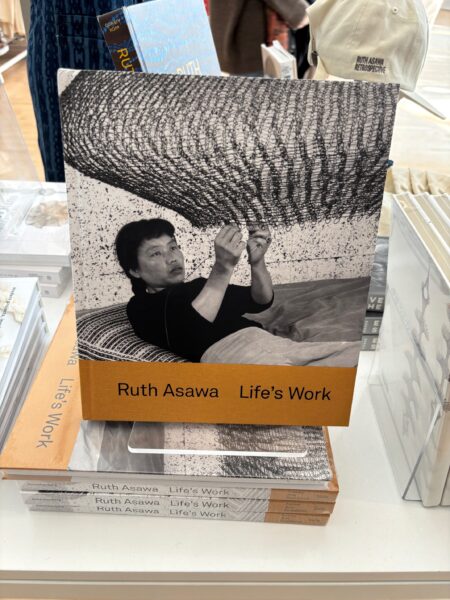
Thursday was a bitter sweet night for Golden State Valkyries’. The first Asian American coach in the WNBA, Natalie Nakase wins WNBA Coach of the Year as many predicted! That’s an amazing milestone for a first-time head coach for an expansion team:
“Golden State Valkyries head coach Natalie Nakase has been named the 2025 State Street Investment Management SPY WNBA Coach of the Year, the WNBA announced today. She has earned the honor in her first season as a WNBA head coach.
Nakase received 53 of 72 votes from a national panel of sportswriters and broadcasters. Atlanta Dream head coach Karl Smesko finished in second place with 15 votes. Las Vegas Aces head coach Becky Hammon and Minnesota Lynx head coach Cheryl Reeve tied for third place with two votes each.
With Nakase leading the way, Golden State set the WNBA record for victories by an expansion team in its first season with 23. The Valkyries (23-21) also became the first team to qualify for the WNBA Playoffs presented by Google in its inaugural season.
After a 2-5 start to the season, Golden State won seven of its next nine games. That 7-2 stretch led to Nakase being honored as the WNBA Coach of the Month for June. As the Valkyries competed for a playoff spot in the final weeks of the season, Nakase guided them to winning streaks of four games from Aug. 9-15 and five games from Aug. 24 – Sept. 4.
Under Nakase, the Valkyries held opponents to league lows of 76.3 points per game and 40.5% shooting from the field. On offense, Golden State made a WNBA-high 9.7 three-pointers per game. Among Valkyries players, guard Veronica Burton won the 2025 Kia WNBA Most Improved Player Award and forward Kayla Thornton was selected to the AT&T WNBA All-Star Game for the first time.
Nakase was hired as the Valkyries’ head coach in October 2024 after serving three seasons as an Aces assistant coach. She helped Las Vegas win back-to-back WNBA championships in 2022 and 2023. Before her stint with the Aces, Nakase spent 10 seasons with the Los Angeles Clippers, finishing her tenure as an assistant coach.”
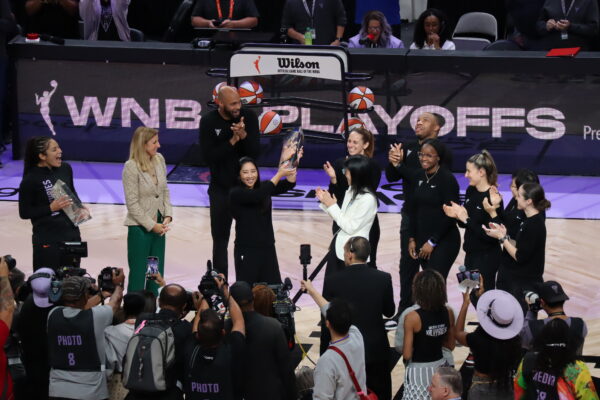
Photo credit: Eric Wong specially for 8Asians
The Valkyries’ Veronica Burton also won Most Improved Player of the Year. Some credit should to Nakase also for that win.
Unfortunately after the ceremony, the Golden State Valkyries played the 2nd playoff game (being down 0-1 in a best of 3 series) in San Jose and lost to the Minnesota Lynx in a nailbiter in the 4th quarter. The Valkyries led by double digits for most of the first three quarters):
“For three quarters, it was potent. Coaxing the best out of the Valkyries, rattling the WNBA’s No. 1 seed. After losing by 29 points in Game 1 at Minnesota, Golden State needed a home-court advantage.
It was almost enough. The Valkyries nearly had a new pinnacle for their storybook season.
But Minnesota found another gear, like a team on a championship mission. The Lynx scored the first 11 points of the fourth quarter, snatching all the momentum and introducing the Valkyries to postseason pressure. Golden State’s 17-point lead crumbled into a 75-74 Game 2 defeat and elimination from the postseason.”
Additionally, it’s unfortunate but fan favorite Kaitlyn Chen didn’t get any playing time.
During the press conference, Nakase put the game loss and playoff elimination into perspective. The Golden State Valkyries had an amazing season, doing something that has never been done, a record number of wins for an expansion team as well as making the playoffs. They sold out every home game.
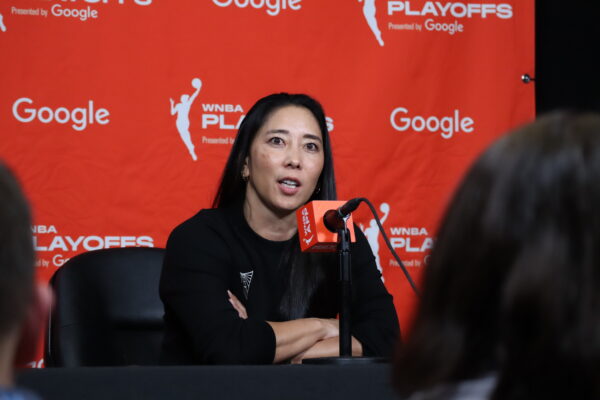
Nakase thanked the fans as well as the media for making their inaugural season a special one.
When one reflects on the many challenges of the Golden State Valkyries, including the injury of their top three players, it’s remarkable what they were able to achieve. I think that the Valkyries can only get better from here, with Nakase leading the way.
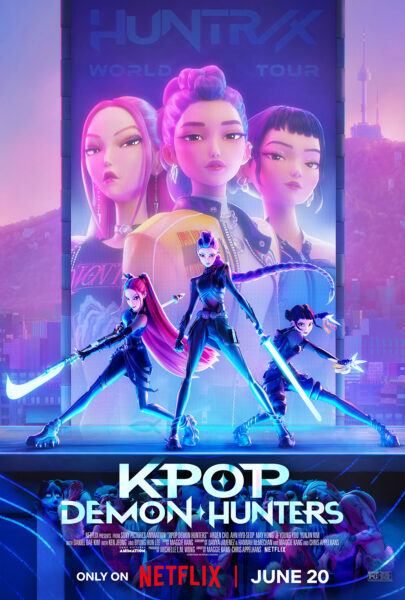 A Huntr/X Live Performance? The fictional group from KPop Demon Hunters will perform on The Tonight Show with Jimmy Fallon. This is the first time that the singers doing Rumi, Mira, and Zooey musical voices (Ejae, Audrey Nuna, and Rei Ami, respectively) will perform live together. The Tonight Show with Jimmy Fallon made the above promo video for the October 7 show.
A Huntr/X Live Performance? The fictional group from KPop Demon Hunters will perform on The Tonight Show with Jimmy Fallon. This is the first time that the singers doing Rumi, Mira, and Zooey musical voices (Ejae, Audrey Nuna, and Rei Ami, respectively) will perform live together. The Tonight Show with Jimmy Fallon made the above promo video for the October 7 show.

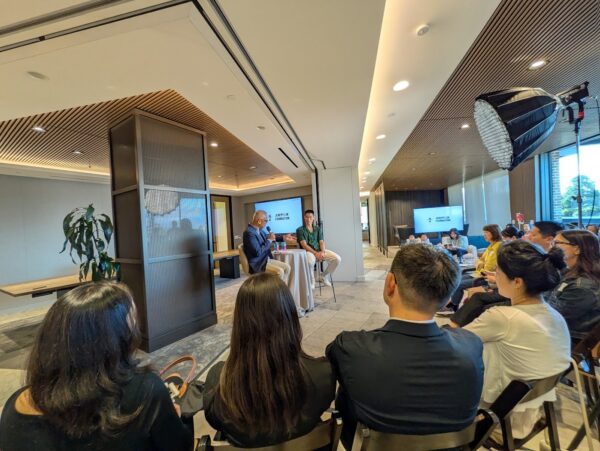
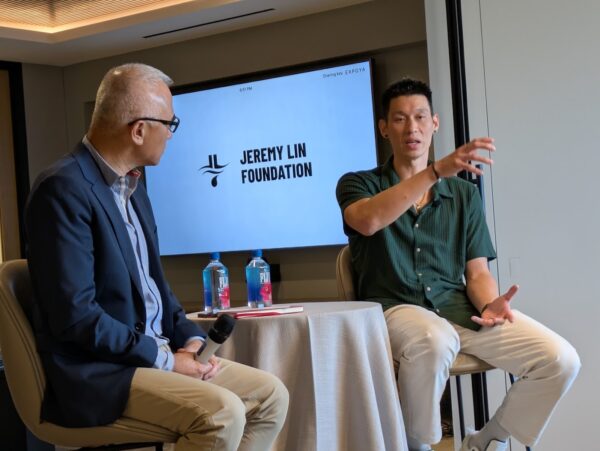



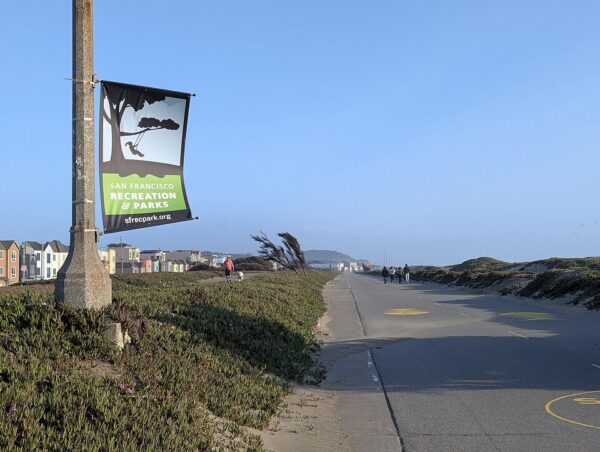



 I learned about Atul Gawande’s Being Mortal in a roundabout way.
I learned about Atul Gawande’s Being Mortal in a roundabout way. 
